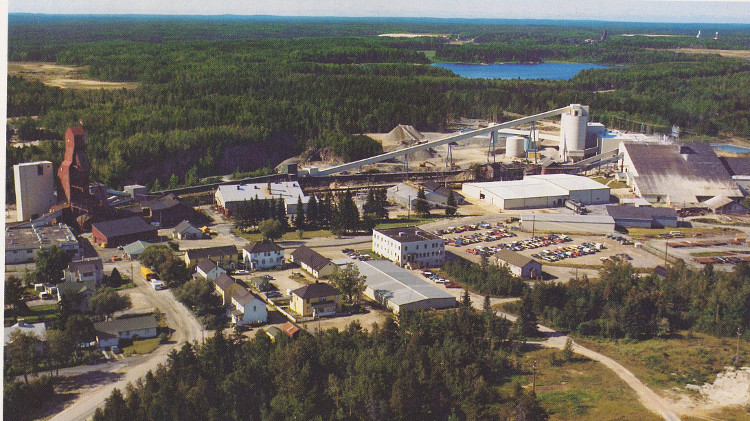In late May, Rio Tinto completed a round of blasting in its continued expansion of the company’s iron ore operations in the Tom Price region of Western Australia. Expanding the Brockman 4 pit would provide high quality ore for Rio Tinto’s Pilbara blend, the international standard that other iron ores are measured against.
The preceding fall the company had approved the spending of nearly US$750 million for the Tom Price operations. The investment, Rio Tinto said, had an “attractive internal rate of return” thanks to the value of the ore along with productivity improvements such as autonomous haulage. The new production would also have a smaller carbon footprint per tonnes produced.
Output from Rio Tinto’s Pilbara operations in 2020 was estimated to be around 325 million tonnes. That contribution would be added to the outflow from other miners who had together produced over 900 million tonnes the year before, which added a significant slice of the country’s gross domestic product, employed many thousand Australians and supplied feedstock for industrial production around the world.
One downside of the expansion was that the Juukan rock shelters, caves that had evidence of human use dating back 46,000 years, would most likely be damaged by the blasting. That cost, the mining company, regulators and the Puutu Kunti Kurrama and Pinikura people (PKKP), who received mining revenue, had determined in 2013, was outweighed by the benefits. According to the company in its report to the Australian parliament at the end of July, the call to stop the blasting came at the 11th hour after the holes had been charged with explosives. To remove them would have been dangerous and difficult. The same report, however, also detailed that after further study of the Juukan rock shelters in 2014, awareness within the company of the cultural significance of the caves and of their importance to the PKKP had grown.
Related: Some lessons we've learned so far during the COVID-19 pandemic
Prior to the blasting that damaged the Juukan rock shelters, the company was sensitive to the importance of stakeholder engagement and the precarious nature of the social licence to operate that comes with the development of mining operations in the 21st Century. In its Strategic Report 2019, published early in 2020, Rio Tinto identified “Communities and other key stakeholder risks” as a “very high impact” risk and one that was only becoming more significant. The company had a benefits agreement with the PKKP and had committed to ICMM’s sustainable development principles that require respect for the rights of Indigenous Peoples and efforts to obtain free, prior informed consent. An independent consulting firm gave its assurance that Rio Tinto had done a thorough job of evaluating its risk. While the level of risk at Brockman 4 had grown, the mine plan did not change.
The same weekend Rio Tinto opted to blast at Juukan Gorge, George Floyd was killed by police on the other side of the world. The day after Rio Tinto issued its first apology, Australians were marching in the streets in protest of long-standing racial inequities. Less than two weeks later a parliamentary inquiry was launched and Western Australia had announced it would rewrite its statutes involving Indigenous heritage sites. And finally, in September, after a failed attempt at accountability, Rio Tinto’s CEO J-S Jacques, among others, resigned. It was the clearest, loudest signal yet that the rules have changed.




